
Hue Citadel is a relic belonging to the Complex of Hue Monuments recognized by UNESCO as a World Cultural Heritage. This relic began construction in 1805 under the reign of King Gia Long of the Nguyen Dynasty and was completed in 1832 under the reign of King Minh Mang. According to statistics, there are 13 gates to enter and exit Hue Citadel, including 10 road gates, 2 waterway gates and 1 side gate. (Photo: NL)

The side gate of the 13 gates leading to Hue Citadel is called Tran Binh Mon. Tran Binh Mon is located right behind Hue Military Hospital 268. It is located in a rather deserted area near Mang Ca Nho Street (Phu Binh Ward, Hue City). Because it is a side gate, this relic has been forgotten and seriously degraded for a long time. (Photo: NL)

According to VTC News reporter's research, Tran Binh Mon belongs to Tran Binh Dai system.

According to some documents, Tran Binh Mon was built in 1836 under the reign of King Minh Mang. The gate of the citadel wall is not the gate leading out of the citadel but to Tran Binh Dai (the defensive fortress of Hue Citadel). (Photo: NL)

Tran Binh Mon was opened in the middle of the citadel connecting the two fortresses of Bac Dinh and Dong Binh (of the Imperial City). In 1885, mandarin Ton That Thuyet commanded 20,000 troops to attack Mang Ca fortress, attacking 1,400 French troops. The attack failed, Ton That Thuyet led King Ham Nghi to retreat to Tan So citadel ( Quang Tri ) and issued the Can Vuong edict. One year later, the French Governor-General forced the Nguyen Dynasty to cede an additional adjacent land area in the Imperial City for the French army to build barracks and forts. Hue people called this expansion Mang Ca Lon and the old Tran Binh fortress Mang Ca Nho. (Photo: NL)

During the 1968 Tet Offensive, Mang Ca outpost was also one of the fiercest fighting points. After 1975, the Mang Ca Lon outpost area became a barracks of the Vietnam People's Army, while a part of Mang Ca Nho became a residential area, the rest was abandoned. (Photo: NL)

It can be said that Tran Binh Mon is a relic associated with many historical events. However, this gate is now almost forgotten and not mentioned much. According to VTC News reporters, the Tran Binh Mon area is currently seriously degraded, the wooden doors are damaged, rotten, and covered with weeds. (Photo: NL)

Above Tran Binh Mon Gate is an old building with tiled roof and cement border but is now abandoned. (Photo: NL)

The section of the wall next to Tran Binh Mon Gate has been damaged by time and the ravages of war. (Photo: NL)

The entrance to Tran Binh Mon is a dirt road, overgrown with weeds and probably hasn't seen any human footprints for a long time. (Photo: NL)

Inside Tran Binh Mon, there are scattered bottles, cigarette packs... left behind by drug addicts. (Photo: NL)

In addition, in the Hue Citadel system there are also two water entrances named Tay Thanh Thuy Quan and Dong Thanh Thuy Quan.

Nowadays, these two waterway gates are rarely noticed. The people passing by are mainly fishermen. (Photo: NL)
Plan to spend more than 1,000 billion VND to implement phase 2 of Hue Citadel migration
Specifically, more than 1,700 households in the citadel and defense line will be relocated at a total cost of 455 billion VND. 210 households in Tinh Tam Lake will also be relocated at an estimated total cost of 80 billion VND. In Tran Binh Dai, 165 households will have to return their land at a cost of about 52 billion VND.
The area adjacent to the Provincial Military Command with 198 households relocated, costing 139 billion VND. In addition, more than 1,000 households living in the Xa Tac area (Thuan Hoa ward, Hue city) were also inventoried for relocation and land recovery with a cost of 213 billion VND.
For the Hoc Hai Lake area and the Kham Thien Giam relic, the Hue City Land Fund Development Center also inventoried and declared the land use source to plan for relocation. It is expected that households living in these areas will be allocated land for settlement in the Huong So planning area. The technical infrastructure of this residential area is being deployed.
After the second phase of resettlement is completed, people expect that the relics in the Hue Citadel system, including Tran Binh Mon, will be returned to their original state and restored and protected in accordance with their cultural and historical values.
NGUYEN VUONG
Source: https://vtcnews.vn/kham-pha-cong-thanh-gan-200-tuoi-bi-lang-quen-trong-he-thong-kinh-thanh-hue-ar857370.html


![[Photo] Keep your warehouse safe in all situations](https://vphoto.vietnam.vn/thumb/1200x675/vietnam/resource/IMAGE/2025/10/1/3eb4eceafe68497989865e7faa4e4d0e)

![[Photo] Hanoi morning of October 1: Prolonged flooding, people wade to work](https://vphoto.vietnam.vn/thumb/1200x675/vietnam/resource/IMAGE/2025/10/1/189be28938e3493fa26b2938efa2059e)


![[Photo] President of the Cuban National Assembly visits President Ho Chi Minh's Mausoleum](https://vphoto.vietnam.vn/thumb/1200x675/vietnam/resource/IMAGE/2025/10/1/39f1142310fc4dae9e3de4fcc9ac2ed0)
![[Photo] Inside the Imperial Academy relic of Hue Citadel before the hundred billion dollar restoration](https://vphoto.vietnam.vn/thumb/402x226/vietnam/resource/IMAGE/2025/9/18/77fd186af68341b1a8bffd072fa896a6)

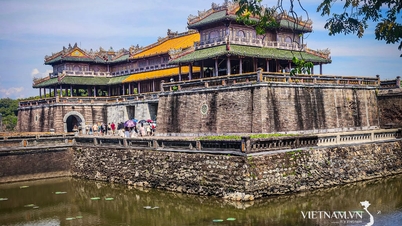

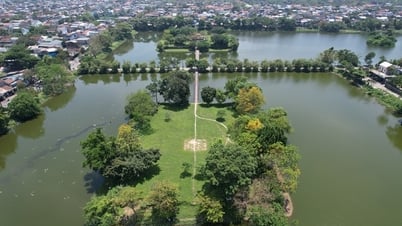

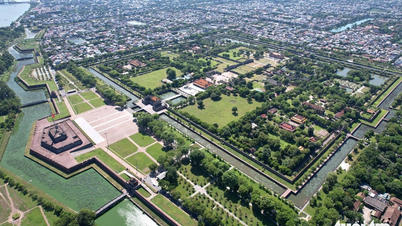


















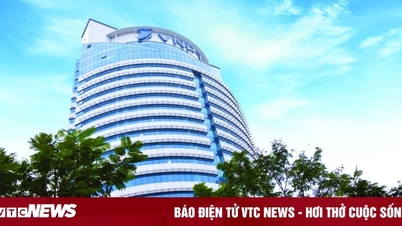



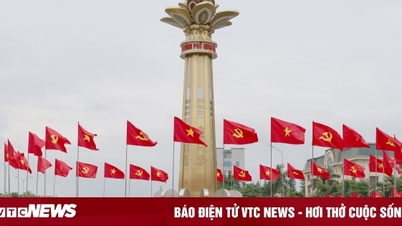
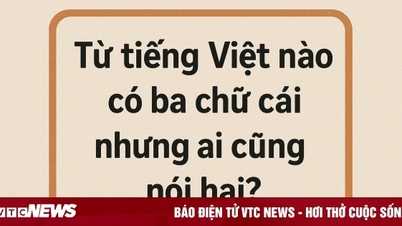





























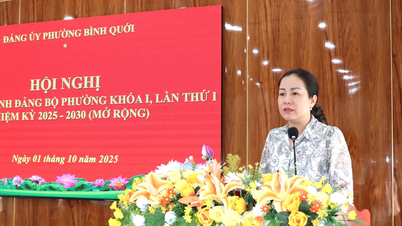

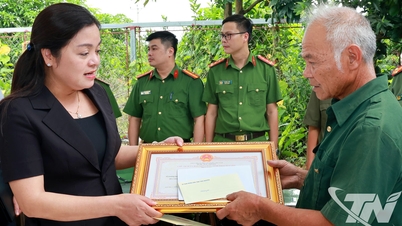



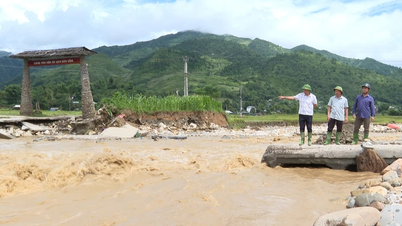

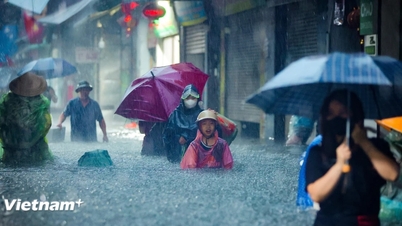

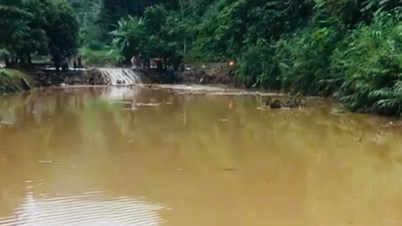














Comment (0)